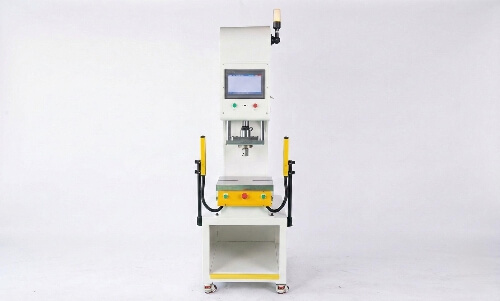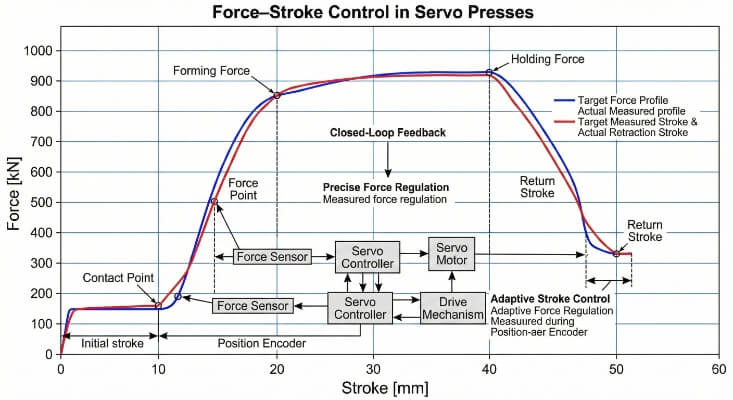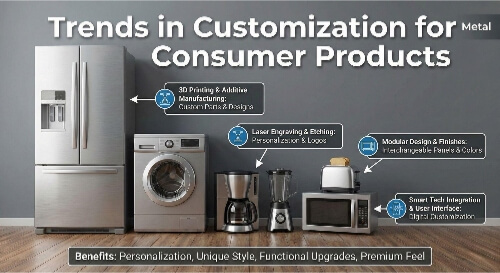Copper is used in everything from electronics to plumbing. But how does raw copper turn into usable parts? Many engineers face delays when copper parts aren’t made right. If your project depends on copper parts, it’s key to know how copper fabrication works—and how to avoid problems.
Copper is soft and conducts heat and electricity well, making it applicable across many industries. To determine which method best suits your project, let’s break it down.
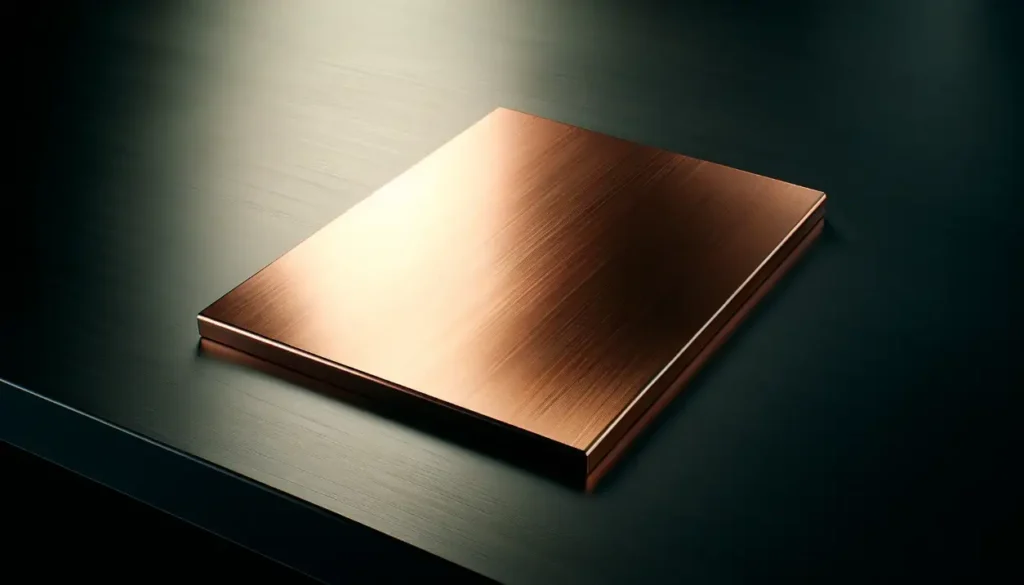
What is Copper Fabrication?
Copper fabrication means turning raw copper into finished parts. It involves several steps, including cutting, bending, forming, welding, and assembling.
Fabricators start with copper sheets, rods, or tubes. They then use machines or tools to make parts for various uses. Copper parts are common in electronics, heating systems, and architectural components.
Fabrication can be manual or automated. The choice depends on the complexity, volume, and accuracy required. CNC machines, stamping presses, and welding systems are often used.
The process is simple in concept. However, experience is required to keep the material’s natural qualities intact. Poor methods can cause warping, cracking, or performance issues.
Why Copper? Unique Properties That Make It Valuable
Copper’s many useful features make it popular across different industries. One of the main reasons is its excellent ability to carry electricity. Because of this, copper is widely used in wires, electrical contacts, and circuit parts.
Copper also resists corrosion well, especially when exposed to air or moisture. This helps parts made from copper last longer without getting rusty.
Copper can also move heat quickly, which is why it’s often used in heat sinks and HVAC systems. It is also soft and easy to work with. Fabricators can cut, bend, or join it more easily than harder metals like steel or aluminum.
Copper’s natural reddish color gives it a nice, clean look. Some designers choose it for its appearance, especially in buildings and art pieces. Copper also has natural germ-fighting properties, making it a good choice for medical tools and food-related equipment.
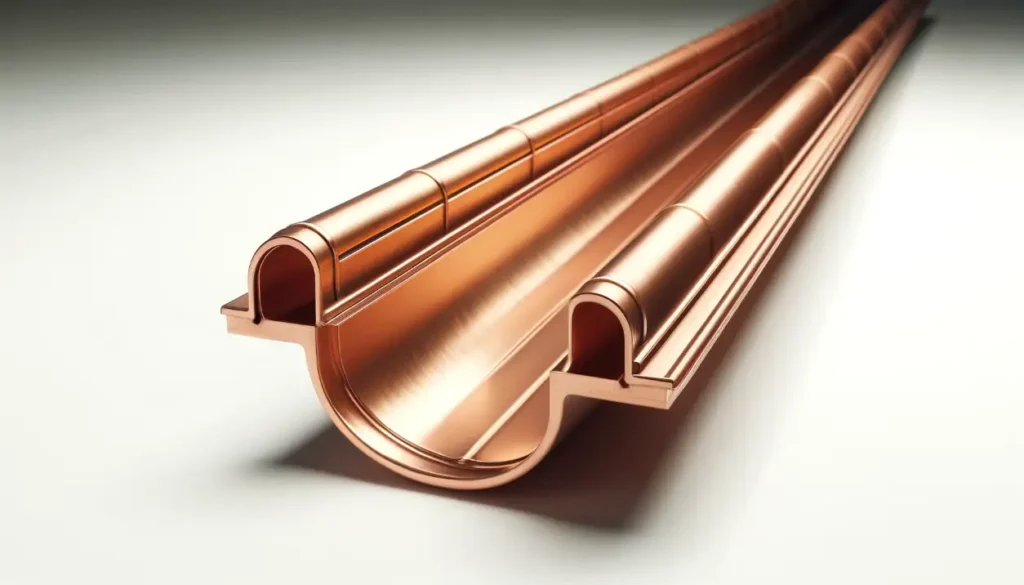
Types of Copper Used in Fabrication
Different projects need different types of copper. Knowing the right type helps avoid cost overruns and poor part performance.
Pure Copper and Its Characteristics
Pure copper, often called electrolytic tough pitch (ETP) copper, has a high copper content—usually over 99.9%. It offers top-level electrical and thermal conductivity. That’s why it’s often used in power systems, electronics, and wiring.
However, pure copper lacks strength compared to some alloys. It also scratches and dents more easily. Common grades include C110 and C101, which are used where conductivity matters most.
Copper Alloys
Copper alloys mix copper with other metals. These change the material’s properties to suit different needs.
Brass is copper mixed with zinc. It’s strong, corrosion-resistant, and easy to machine. Brass is used in fittings, fasteners, and decorative parts.
Bronze is copper mixed with tin and sometimes aluminum or phosphorus. It’s tougher than brass and more resistant to wear. Bronze is often used for bearings, gears, and marine parts.
Choosing the Right Type for the Job
The job decides the copper type.
- Pure copper is used when conductivity is the primary need, such as in busbars or terminals.
- Choose brass if you need good machinability with some strength.
- Go with bronze if the part will face friction or wear.
Copper Fabrication Processes
Copper is easy to work with but requires the proper process to get good results. Each step—from shaping to joining—affects part quality and performance.
Cutting Techniques
Cutting removes material to shape the part. Choose the method based on copper thickness, part detail, and heat sensitivity.
Laser cutting is accurate but tricky. Copper reflects light, so high-power fiber lasers or CO₂ lasers are best. Thin copper works well.
Waterjet cutting uses high-pressure water mixed with abrasive. It avoids heat and gives clean edges. It is best for thick or heat-sensitive parts.
Shearing is fast for straight-line cuts in sheets. It’s simple but not ideal for small features.
Punching uses dies to make holes or shapes. It is good for repeated patterns and fast for mass production.
Forming
Forming means shaping copper without removing material. It includes bending, stamping, deep drawing, and rolling.
Copper bends easily, but it can crack if bent too tight. Use generous bend radii and smooth dies. Sharp corners stress the metal and cause splits.
Stamping presses copper into shapes with dies. It works best for high-volume production. Soft copper stamps cleanly, but dies must be polished to avoid surface marks.
Deep drawing stretches copper into deep, hollow shapes. This needs multiple steps to avoid tearing. Copper’s softness helps, but lubrication is key.
Rolling reduces sheet thickness. Hot rolling is standard for thick sheets. Cold rolling improves surface quality but can harden the material.
Joining Methods
Copper can be joined by welding, brazing, soldering, or mechanical fastening.
Welding is tricky because copper pulls heat away fast. TIG welding is best for small or detailed work. Preheat thick parts to help.
Brazing uses a filler metal with a lower melting point. It’s suitable for joining copper with other metals. It creates strong, leak-proof joints.
Soldering is used in electronics and plumbing. It requires clean surfaces and the right flux. For safety, use lead-free solder.
Mechanical fastening includes riveting, screwing, or bolting. It avoids heat. This is good when heat may damage nearby parts.
Finishing Techniques
Finishing improves copper’s look, protection, and performance.
Pickling removes oxides and stains. It’s a chemical cleaning step.
Buffing and polishing give a shiny surface. Use soft wheels and pastes. Be gentle to avoid warping.
Coating protects copper from tarnishing, clear lacquer keeps the color, and powder coating adds a tough, colored layer.
Electroplating adds other metals, like tin or nickel. This improves corrosion resistance and adds conductivity.
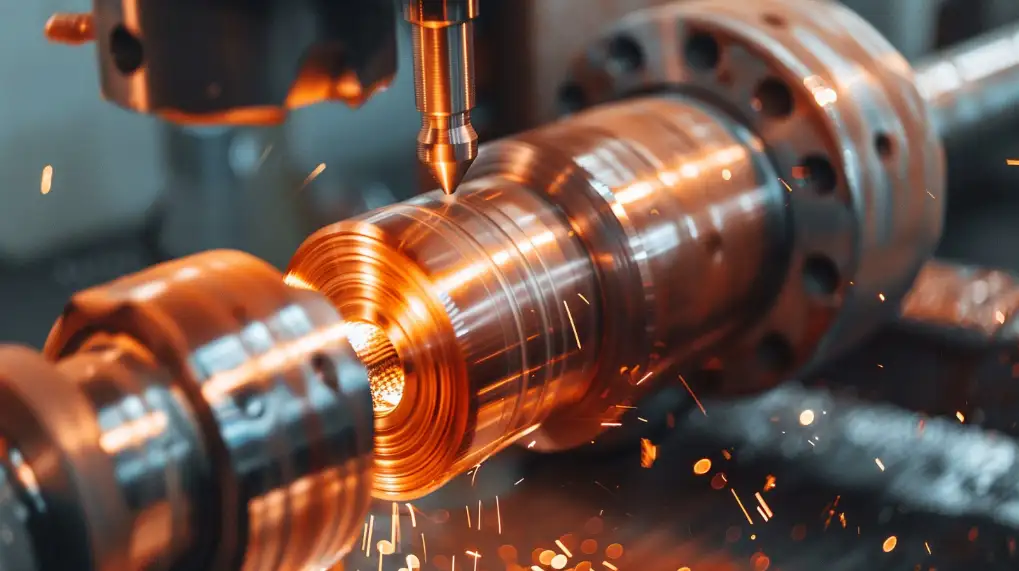
Key Fabrication Methods Explained
Copper can be shaped in several ways depending on part size, use, and volume. Some methods suit thin sheets. Others are better for solid or custom shapes.
Sheet Metal Fabrication with Copper
Sheet metal fabrication is standard for copper enclosures, brackets, and panels.
It starts with flat copper sheets. These are cut, bent, and punched into shape. For small runs or prototypes, laser cutting and manual bending work well. For high volumes, stamping and progressive dies are faster.
Copper’s softness helps with shaping but also means it scratches easily. Use smooth tooling. Handle with gloves or protective film.
CNC Machining Copper Components
CNC machining is used for parts that need tight tolerances or complex geometry. Copper is sticky during machining, clogging tools and causing chatter. Use sharp tools, slow speeds, and plenty of coolant.
Free-machining copper alloys are easier to cut. These alloys reduce tool wear and improve chip flow.
Machined copper parts include heat sinks, terminals, and enclosure. This method provides excellent precision but is best for medium—to low-volume runs.
Casting and Forging Copper Parts
Casting melts copper and pours it into a mold. It’s suitable for complex shapes and large parts. Sand casting and investment casting are standard.
Copper has a high melting point. It needs proper molds and venting to avoid porosity. Alloys like bronze or brass are often used instead, as they flow better.
Forging presses copper into shape using force. It increases strength and grain alignment. It’s used for high-load parts like connectors or lugs.
Extrusion of Copper Profiles
Extrusion pushes heated copper through a die to make long, constant shapes. It creates bars, rods, and hollow profiles, and it is common in electrical and plumbing products.
Extruded copper has good mechanical strength. The process aligns the grain, which improves conductivity. After extrusion, parts may be cut to length, drawn to size, or finished for final use.
Industry Use Cases of Copper Fabrication
Copper’s thermal and electrical properties make it a go-to material across many industries. Its formability and corrosion resistance add even more value. Let’s look at where copper fabrication fits into real-world applications.
Electrical and Electronics Industry
Copper is a top choice for electrical parts. It has high conductivity and handles heat well. Fabricated copper is used for busbars, terminals, connectors, and circuit boards. CNC machining and stamping shape these components to tight specs.
In electronics, thin copper sheets and foils are etched or cut for PCBs. Soft copper makes it easy to bond and solder, and its conductivity, even under load, keeps devices running more smoothly.
HVAC and Plumbing Applications
Copper is standard in heating, cooling, and fluid systems. Fabricated copper tubes and coils carry refrigerants in HVAC units. The metal resists corrosion and handles pressure well.
Plumbing systems use copper pipes for hot and cold water. Brazed and soldered joints make leak-free connections.
Architecture
Copper adds style and durability to buildings. It weathers well and develops a natural patina over time. Fabricated copper sheets form roofs, cladding, gutters, and trim. These parts are often rolled, bent, or stamped into shape.
Automotive and Aerospace Sectors
Copper forms parts like motor windings, wiring harnesses, and terminals in cars. Stamped and machined copper helps with power flow in EV systems.
In aerospace, copper alloys are used in connectors and high-temperature areas. The metal handles vibration and thermal cycling well.
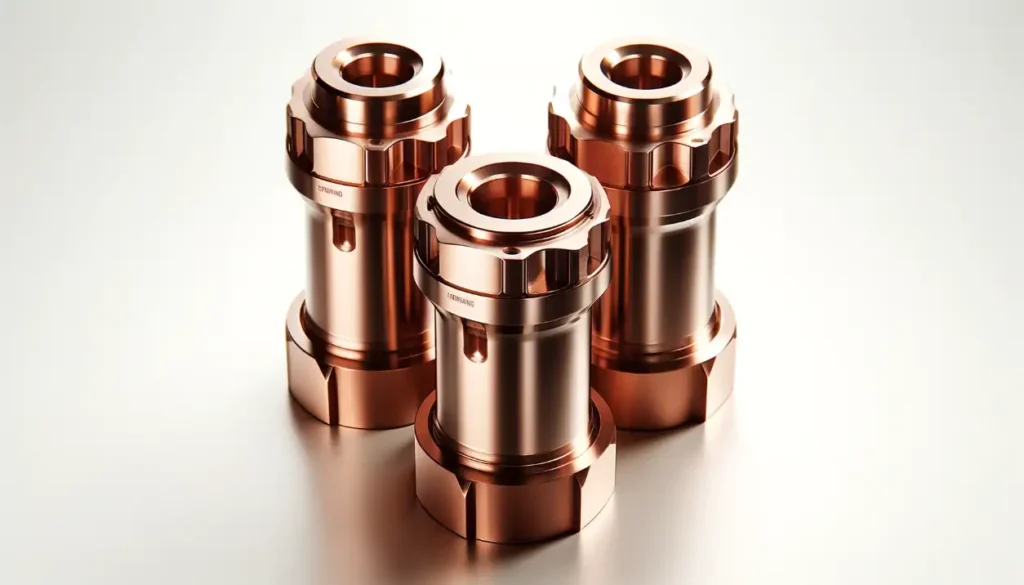
Choosing a Copper Fabrication Partner
Picking the right partner for copper fabrication impacts cost, quality, and lead time. The best choice depends on your project needs, production volume, and required tolerances. Here’s what to keep in mind.
Key Factors to Consider
Look at a supplier’s experience with copper. It behaves differently from steel or aluminum. Ask what processes they use and if they’ve handled similar projects.
Check their equipment. Copper cutting, bending, and welding need specific machines and skilled operators.
Lead times matter. See if they can deliver parts on your schedule. A fast response can prevent delays.
Quality control is critical. Ask about inspection steps, material traceability, and certifications.
Support also counts. A good partner will answer quickly, give clear feedback, and suggest better ways to do your part.
Questions to Ask Your Supplier
- Have you worked with copper on similar parts?
- What forming or joining methods do you offer?
- How do you prevent surface scratches or deformation?
- Can you handle high-volume or custom one-off runs?
- What QC measures do you follow?
- What’s your standard lead time for copper parts?
- Can you offer design or material advice?
Comparing In-house vs Outsourced Fabrication
In-house fabrication gives complete control and is suitable for frequent or urgent production. However, it needs trained staff, special tools, and space. Copper requires careful handling, and not all shops are set up for it.
Outsourced fabrication offers more flexibility. It saves on equipment costs and time. This works well for prototyping or low to mid-volume runs. You also gain access to skilled teams and copper-specific tools.
Conclusion
Copper fabrication means turning copper into usable parts through cutting, forming, joining, and finishing. It includes many processes, such as sheet metal work, CNC machining, casting, and extrusion. Choosing the right copper type, method, and fabrication partner ensures better performance, lower cost, and fewer delays.
Are you looking for a reliable copper fabrication supplier? Please send us your drawings or project details today. Let’s discuss how we can help bring your copper parts to life fast, accurately, and hassle-free.
More Resources:
Properties of Copper – Source: Matmatch
List of copper alloys – Source: Wikipedia
Hey, I'm Kevin Lee

For the past 10 years, I’ve been immersed in various forms of sheet metal fabrication, sharing cool insights here from my experiences across diverse workshops.
Get in touch

Kevin Lee
I have over ten years of professional experience in sheet metal fabrication, specializing in laser cutting, bending, welding, and surface treatment techniques. As the Technical Director at Shengen, I am committed to solving complex manufacturing challenges and driving innovation and quality in each project.

